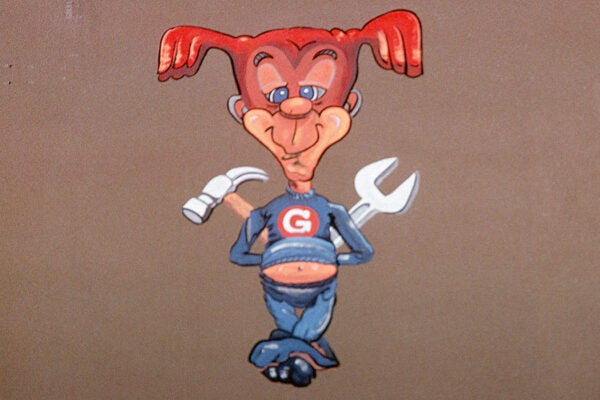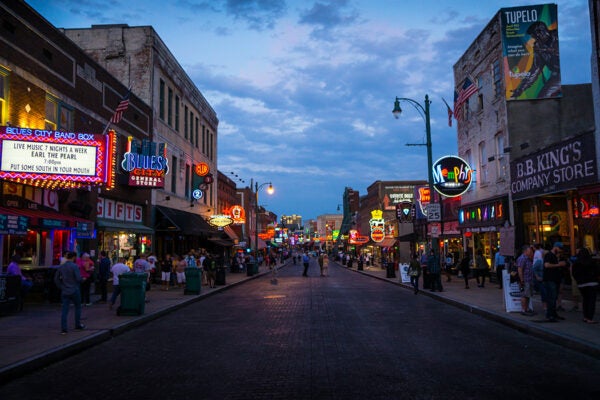Influential sculptor and performing artist Chris Burden died recently at age 69. Known in his earlier artistic career for his alarming and often physically threatening performance pieces, Burden was also equally reaching with his monumental installations like “Urban Light” (2008) at the Los Angeles County Museum of Art (LACMA) or his challenges to American foreign policy with works like “The Other Vietnam Memorial” (1991) and “America’s Darker Moments” (1994).
In the 1970s and early ‘80s, Burden shocked sparse handfuls of viewers with performance pieces that included having a friend shoot him in the arm, crawling through broken glass, and crossing electrical wires across his bare chest. More than performing for audiences, however, his work was about documenting the entire process, while creating a physical and lasting archive.
In Ingrid Schaffner’s reflection of Chris Burden’s early career for Grand Street, Schaffner introduces Burden’s carefully chosen photographs of such moments and events, which he meticulously subtitled and documented as if for a police report. Schaffner comments:
Although the number of people who actually saw Burden’s performances was small in comparison to the number who heard about them, the artist’s documentation of his work–and the care he took in selecting the iconic images to represent each event–emphasized both the role of the witness in moments of violence and the artifacts and evidence that preserve such moments.
Perhaps most iconic is Burden’s “Urban Light” sculpture featuring 202 refurbished cast-iron street lamps of different sizes at LACMA’s entrance. Visitors must walk through and around the sculpture in order to enter the museum. In The Burlington Magazine, Christopher Bedford analyzed their presence and indeed monumental iconicity in a city such as Los Angeles that prior to installation “lack[s] of an internationally recognisable public monument.”
With this immediately recognizable and often-photographed monument at the heart of the city’s county museum (just check out Twitter search for the hashtag #urbanlight), Bedford argues that this architectural installation “embodies a civic ideal rarely realized in public art projects, equally persuasive as an aesthetic object and as a social statement.”
With complex sculptural works like “Metropolis II” (2011, also at LACMA) and “America’s Darker Moments,” pictured in detail in this issue of Grand Street, Burden uses miniature toys to playfully address, unpack, and criticize very serious matters including overcrowding, the stress of urban living and globalization, JFK’s assassination, Emmett Till’s murder, and the bombing of Hiroshima.
Schaffner wrote her review retrospectively in 2003 while looking back at Burden’s earlier work from the 70s as if to analyze how he got to where he was, while also exploring where he was going. She notes, “it’s the radical violence of his early art that is thrown into relief by recent events, and this leads one to wonder what new dangers artists, including Burden, might risk, or provoke.” His artistic legacy is one of questioning, of provoking, of promise, and of great influence.







